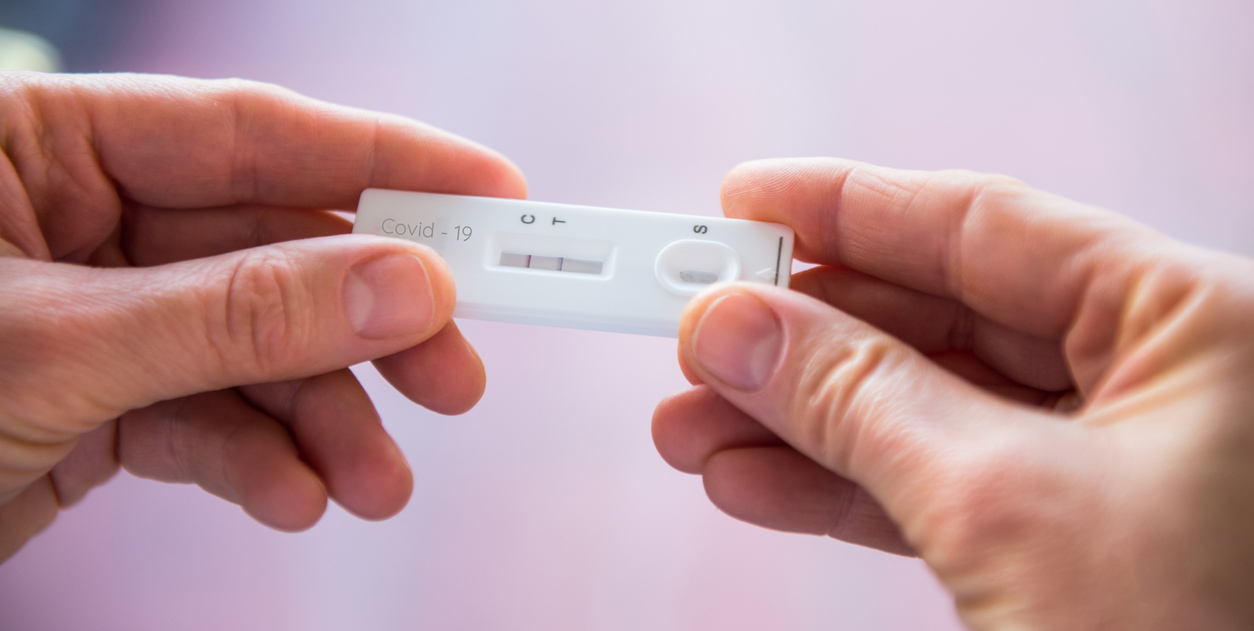Cal/OSHA’s COVID-19 Prevention Non-Emergency Regulations were finally approved by the state Office of Administrative Law on Feb. 3, putting the new standard into immediate effect.
The new regulations will remain in place through Feb. 3, 2025, with recordkeeping requirements in effect through Feb. 3, 2026.
Now that the pandemic has slowed to a manageable level, the state Occupational Safety and Health Standards Board wanted to put in a place a set standard that does not have to continually be updated.
The new rules should simplify compliance for employers in the Golden State and will provide predictability so they don’t have to be on the lookout for changes every six or nine months.
The standard that is now in effect has only a few changes to the rules, and most of it should be familiar territory to employers who have contended with earlier temporary emergency COVID-19 standards since the pandemic erupted in 2020.
The important parts of the standard still require employers to take steps such as:
- Identifying COVID-19 cases in the workplace and excluding workers from the site if they test positive.
- Providing to their workers no-out-of-pocket-cost COVID-19 testing if they came into close contact with another worker who tested positive.
- Following outbreak protocols if three or more cases occur in the workplace.
What has changed?
The main changes in the non-emergency standard include:
- The regulation applies the California Department of Public Health’s current definition of “close contact.” This is defined as sharing the same indoor airspace as a COVID-19 case for a cumulative total of 15 minutes or more over a 24-hour period during the COVID-19 case’s infectious period.
- Employers are not required to continue paying workers who are isolating at home after testing positive for COVID-19.
- Employers are not required to provide COVID-19 testing at no cost to workers who have COVID symptoms but did not have close contact in the workplace with someone who had it.
- Employers can include their prevention measures in their current Injury and Illness Prevention Plans. In other words, they do not need to create a separate plan document just for COVID-19 measures.
- To improve ventilation, employers are required to maximize the supply of outside air, use the highest-level filtration level available for their heating and air system, and/or use High Efficiency Particulate Air filtration units.
For most employers, the rule changes will require just a few tweaks to how they currently comply with Cal/OSHA’s COVID-19 regulations.
You can get all the details of the non-emergency standard, including fact sheets, FAQs, a model COVID-19 written program and other resources, on Cal/OSHA’s resource page.
